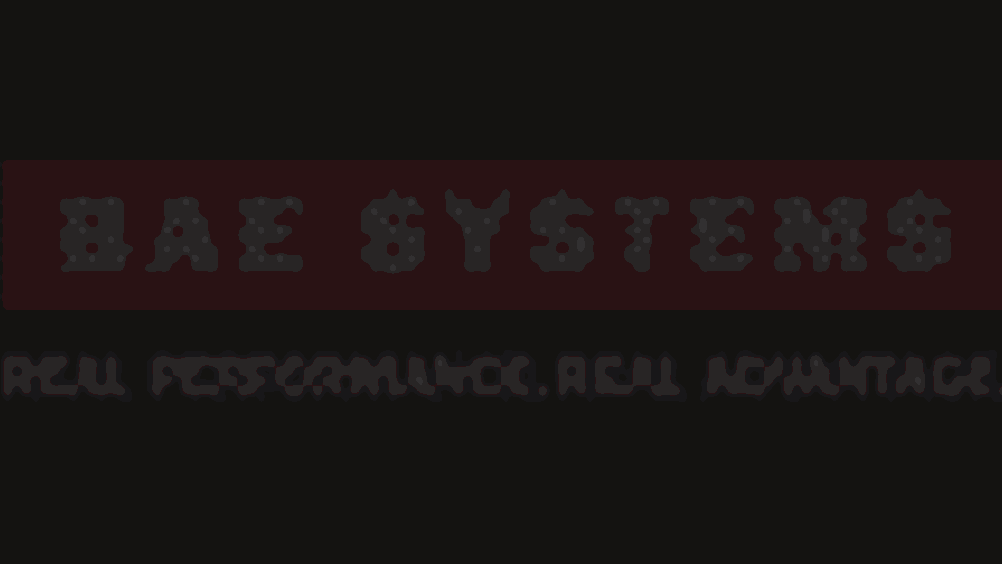Route-clearance vehicle
A fleet of 60 armoured earthmoving tracked vehicles, which will give the Royal Engineers a powerful route-clearing capability, will be built at BAE Systems’s Newcastle factory.

A fleet of 60 armoured earthmoving tracked vehicles, which will give the Royal Engineers a powerful route-clearing capability, will be built at
’s
factory.
BAE Systems was awarded a £300m contract from the Ministry of Defence (MoD) to build the TERRIER line of vehicles.
The vehicles will remove obstacles and open routes and provide assistance on peacekeeping and humanitarian missions.
‘TERRIER will be a hugely powerful and versatile machine, like a cross between an armoured vehicle, an excavator and a loader, and I am pleased to confirm this order for our highly skilled Royal Engineers,’ said Quentin Davies, minister for defence equipment and support.
‘Designed in Leicester and integrated by BAE Systems in Newcastle, the order is also good news for British industry as more than 90 per cent of the manufacture will be supported by companies from across the country, demonstrating the great level of skills and workmanship we have in the UK,’ he added.
Register now to continue reading
Thanks for visiting The Engineer. You’ve now reached your monthly limit of premium content. Register for free to unlock unlimited access to all of our premium content, as well as the latest technology news, industry opinion and special reports.
Benefits of registering
-
In-depth insights and coverage of key emerging trends
-
Unrestricted access to special reports throughout the year
-
Daily technology news delivered straight to your inbox










Water Sector Talent Exodus Could Cripple The Sector
Well let´s do a little experiment. My last (10.4.25) half-yearly water/waste water bill from Severn Trent was £98.29. How much does not-for-profit Dŵr...